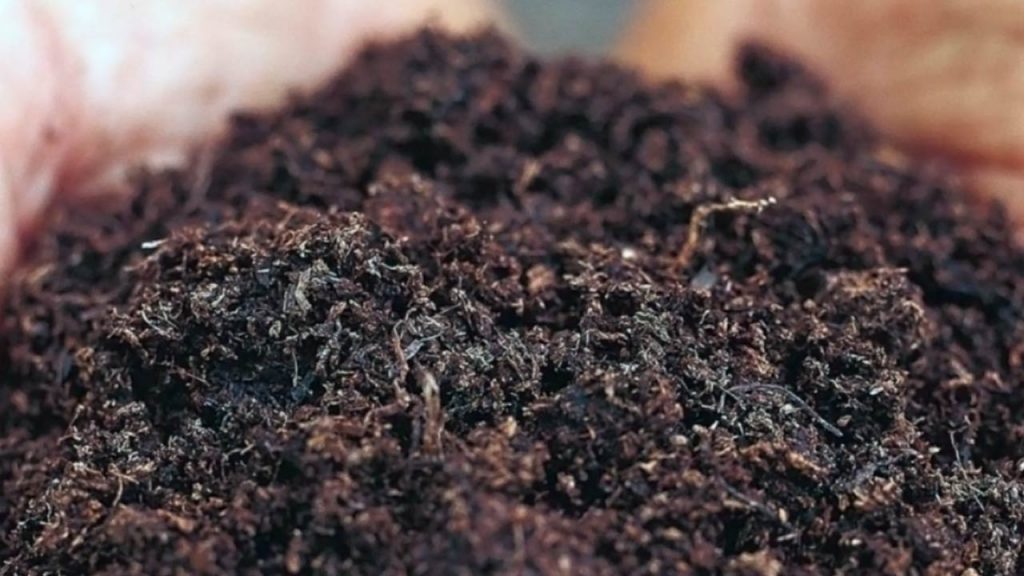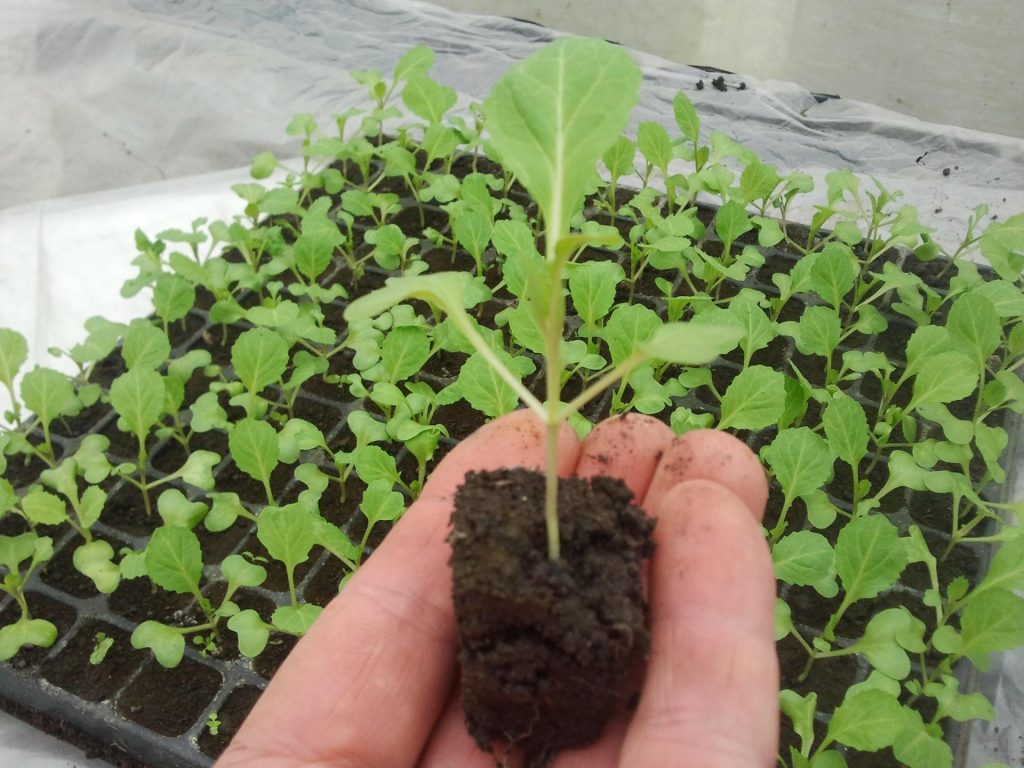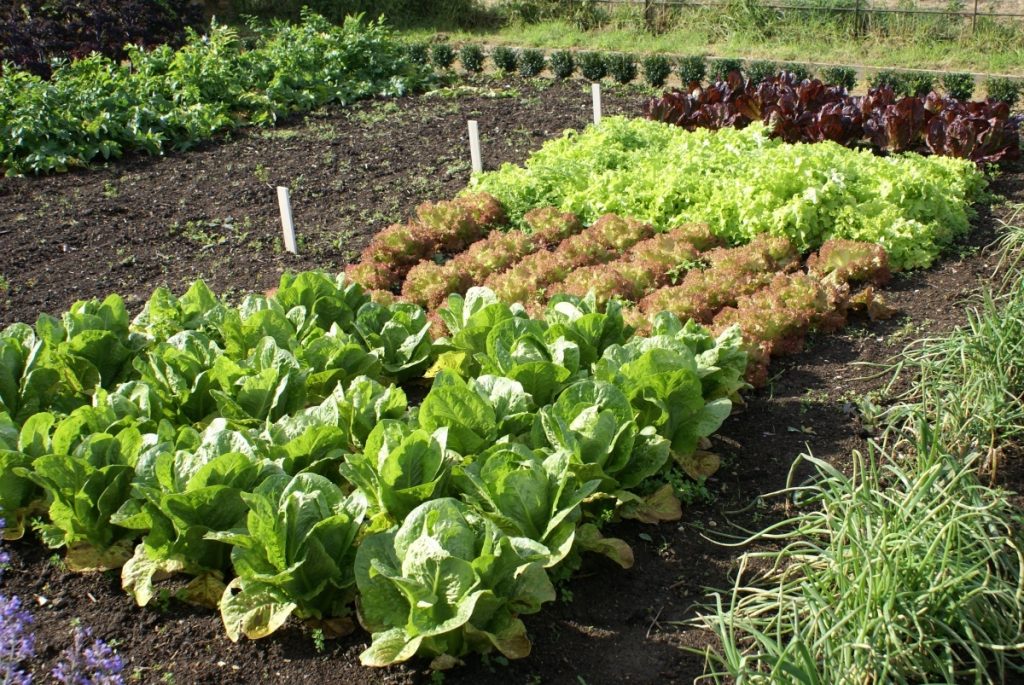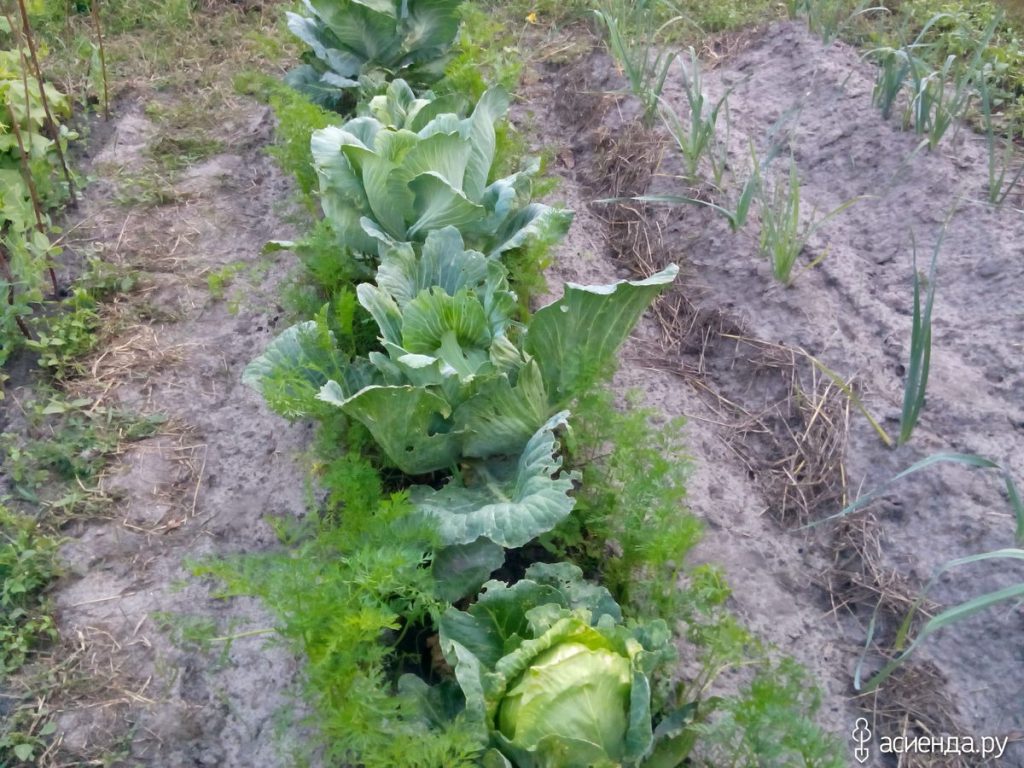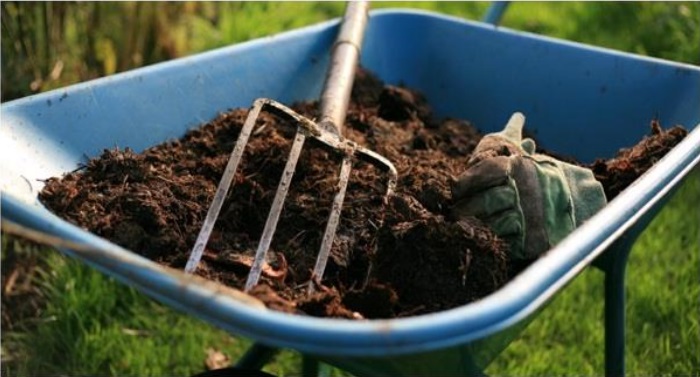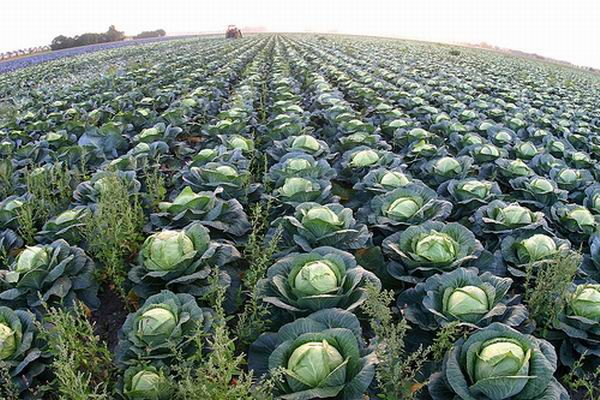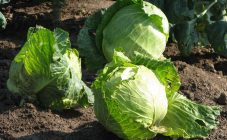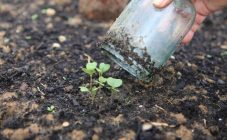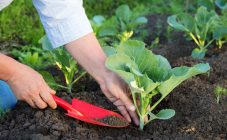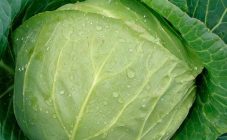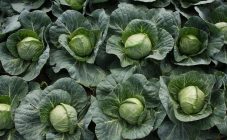Content:
When breeding crops, it is important to observe not only the rules of cultivation, but also to make a competent planting in the ground. Of particular importance is a thorough preparation of the soil and the knowledge of which vegetables it is recommended to plant cabbage, and after which it is impossible to do it. This article will discuss the peculiarities of growing and planting cabbage, including the choice of seedlings, soil preparation and, mainly, the study of the issue of predecessors.
Features of planting cabbage
When choosing ready-made seedlings, it is important to remember a few rules. The appearance of the bushes should speak of their healthy state, which implies:
- strong stems without black threads and dots;
- absence of swelling with nodules, which indicates a keel injury.
Before planting, the strongest, healthiest seedlings are selected, on which at least 5 fresh leaves have appeared. The bushes are rooted in the soil to the level of the outlet, so that the roots are completely covered with the ground. After that, the ground is slightly trampled down, and then watered.
To get a good cabbage crop, you should prepare the land for seedlings. In the fall, mix humus with turf, adding ash to them, and mix thoroughly. In addition to the fact that ash is an excellent source of nutrients and trace elements, it also has an antiseptic effect, which protects the seedlings from the appearance of a black leg on them.
When choosing a variety, it is better to focus on options such as:
- Polar;
- June;
- Belarusian;
- Hope;
- Moscow.
However, it is not necessary to be limited to only one crop. In addition to white cabbage, you can grow no less tasty and healthy cabbage of the Kohlrabi variety, red cabbage or Manoko (which is distinguished by an elongated head shape) and others.
Growing seeds
The success of the event depends on the quality of the planting material. It is not uncommon for seeds to deteriorate due to improper storage and become unusable. Therefore, before planting seeds, it is recommended to check them for germination. First, they are wrapped in a cloth slightly moistened with water and left in this form for five days. Then the seeds are placed in cold water, after adding a nitrophoska solution to it.
You can accustom the seeds to the cold by storing them in the refrigerator, setting the temperature indicator to -1 degrees Celsius.
The timing of planting cabbage for seedlings
When exactly you can open the "cabbage" season depends on the type of product. Planting of early varieties begins in mid-March, mid-late - in early April. Before planting the seeds, wood ash and superphosphate are added to the soil. The prepared potting mix is placed in a box. Grooves are made on its surface. The distance between them should be at least 10 cm, and the depth of each of them should be on average 1 cm. From above, the seeds are slightly sprinkled with earth, the seedlings are watered. From the moment well-developed stems appear and if there are five leaves on them, cabbage is planted in open ground.
Best neighbors
Correctly selected neighborhood with other crops will promote better growth of cabbage. To correctly choose a landing site, several recommendations should be followed:
- The ideal precursors for cabbage are beans, cucumbers, root vegetables and grains.
- You should not grow cabbage in one place for several seasons in a row.
- The most suitable soil is loamy soil, as it contains humus and easily retains moisture.
A competent combination of crops on the site guarantees a good harvest. This is explained by the fact that plants can have a negative effect on their neighbors, depriving them of nutrients or disrupting metabolic processes.
Precursor cultures
Compliance with the rules of crop rotation is important for any summer resident or gardener, even within a very small plot of land. A certain sequence of planting different crops is due to their consumption of certain microelements, which are contained in the soil in different volumes.
It often happens that the cultivation of one crop in a permanent place leads to severe soil depletion. In addition, it becomes much more difficult to get rid of diseases if their source remains in the ground for several years in a row. Pests (for example, cabbage) and pathogenic microorganisms accumulate in places where the vegetable grows, so you should not plant cabbage for the second time in a row on the same garden bed. Late blight causes many problems in such cases, which provokes an intractable disease in plants - late blight. In addition to destroying crops, the fungus stays in the ground for several seasons.
When studying the issue of crop rotation, it is important to know which vegetables are characterized by certain plant diseases. It should also be remembered that changing the bed will not help get rid of the problem if infected seeds are planted in a new place - as a result, the source of the disease will spread throughout the site.
Ideal precursors for cabbage are:
- carrots, turnips (for medium and late varieties of cabbage);
- cucumbers;
- early potatoes;
- zucchini;
- pumpkin;
- legumes (peas, beans, beans);
- pepper;
- eggplant;
- onions, garlic (for early cabbage and cauliflower);
- green manure (for early and color).
Valid ancestors include:
- tomatoes;
- pepper;
- eggplant;
- carrots, turnips (for early cabbage and cauliflower).
Neutral (do not affect the yield) precursors for cabbage are:
- onions, garlic (for medium and late varieties of cabbage);
- salad;
- onion on a feather;
- celery;
- spinach;
- radish;
- spices (mint, basil);
- corn;
- green manure (for medium and late varieties).
Cabbage is a poor precursor for the following crops:
- cabbage of medium and late varieties;
- early cabbage and cauliflower;
- beets (acceptable after early and colored);
- cucumber, zucchini, pumpkin (in relation to medium and late varieties of cabbage);
- greens (lettuce, celery, spinach, onions) and spices (in relation to medium and late varieties).
Early cabbage and cauliflower act as a good predecessor for:
- cucumbers;
- zucchini;
- pumpkins;
- tomatoes;
- onions and garlic;
- early potatoes;
- legumes;
- greenery;
- carrots, turnips;
- pepper;
- eggplant;
- spices.
Medium to late cabbage is a good predecessor for:
- legumes;
- carrots;
- turnips.
After which vegetables you can not plant cabbage
Bad precursors for cabbage are:
- beet;
- early cabbage and cauliflower;
- cabbage of medium and late varieties;
- early potatoes (for early cabbage and cauliflower).
Tips and tricks for gardeners
The cabbage can be returned to its original place after 2-3 years, and in case of spread of the infection - only after 3-4 years. Considering the high demands of the culture on the availability of nutrients in the soil (in particular, nitrogen), it is recommended to plant it as the first crop on manure.
Before planting late varieties of cabbage using the seedless method, it is necessary to clear the garden of weeds and remnants of previous crops. Otherwise, excess debris will make it difficult to care for crops.
In the event that it is not possible to follow the rules of crop rotation, due to the small amount of free land, it is recommended from time to time to give the land a rest and plant light crops on the site, for example, greens, onions, garlic and others. Also, do not forget about fertilizers and top dressing, thanks to which the soil is renewed and begins to look prettier.
There is a rule that long-rooted crops are ideal neighbors for plants with weak root systems. In this situation, plants do not compete for water and nutrients.
Spinach is a bad neighbor for cabbage, since the latter loves moisture very much, and cabbage prefers moderately dry soil.
Thus, in order for cabbage to give a good harvest, every gardener must follow the recommendations for crop rotation. It is important to remember which plants are good, acceptable, neutral and bad precursors for cabbage when planting it.
